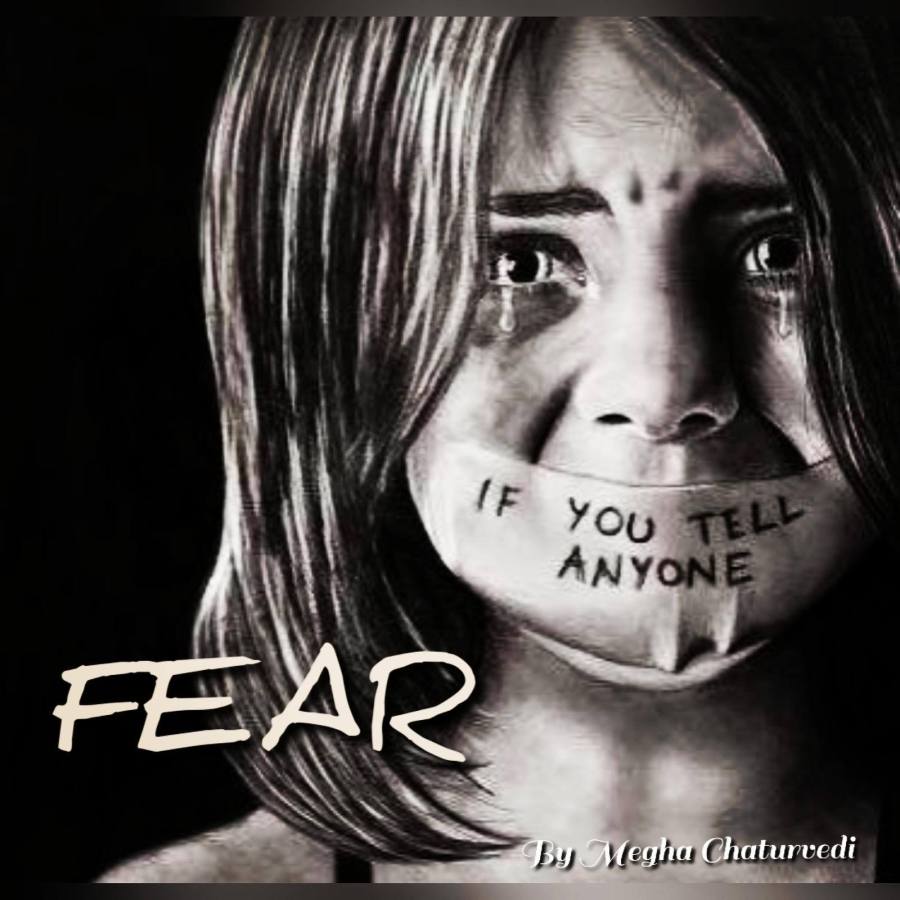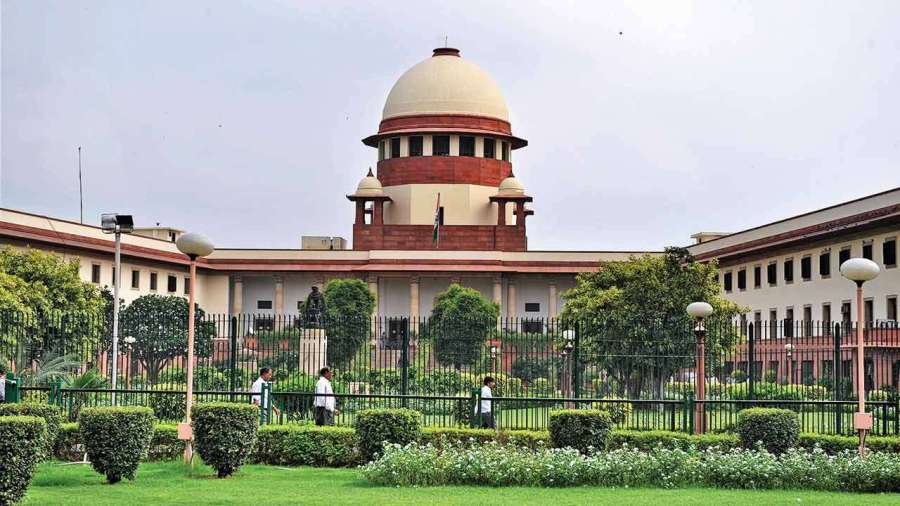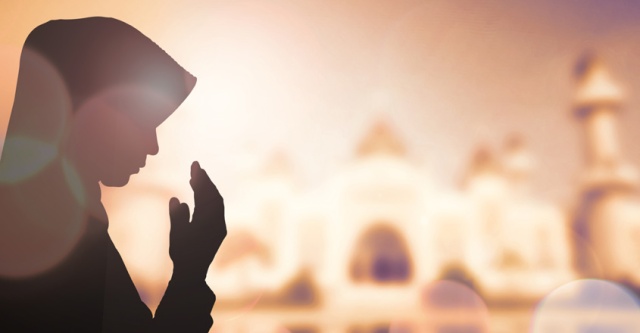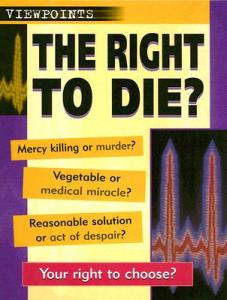
“Bad Laws are the worst sort of Tyranny”- Edmund Burke
The preamble to the Indian Constitution declares the country as a “Sovereign Democratic Republic” ensuring justice, liberty, equality and fraternity to all its citizens or in other words securing the socio-economic and political rights of people with imbibed equality of status. Be it the Fundamental Rights or the Directive Principles of State Policy, the process of safeguarding common man’s confidence in judicial system as well as to keep in pace with the dynamics of the changing society, the constitution has furthered itself by umpteen amendments. Yet the current society still witnesses a pervasive skepticism in the Rule of Law, Government and extended form of societal democracy. Though integrity and fairness has inculcated its deep roots within the society yet its essence has lost ways in political instability, cultural anarchy, economic disorder, religious and racial conflicts to name a few.
In one of the lectures by Hon’ble Justice Altamas Kabir, he cited an example of Article14 of the Constitution, having resemblance to the UN declaration, which guarantees, Equality before law. However the Indian judiciary has time over time over-ruled the law book of constitution and established the conclusion- there are two kinds of law- One for the Rulers and the other for the ruled, one for the purpose of the common man and the other at the expense of a common man.
The Common man’s law is a belief “of justice prevails” that is inculcated in mind of every individual who succumbs faith and respect in the rule of law and judiciary over the decades. However it should be remembered that the same exists only in the pages of the constitution, where right rules over wrong, where every violator is placed at same footing in the eyes of law and awarded rightful punishments.
In India, every year The Common man’s law sees addition of new acts and amendments which aims at benefiting the mass at large by identifying the ills and error of the Indian judiciary- corruption, alarming rate of pending cases, under-trial of prisoners, lesser number of courts, vacancies of judges etc.
The additions by the judiciary for benefiting the “aam admi” and creating a user-friendly legal assistance is commendable. First in this context is The Right to Information Act effective from 12th October, 2005. The said act aims at promoting transparency and accountability of officials working for the Central or State Information Commission by making them answerable to common man’s question ranging in the premises of public services on filing of a petition, thereby making an attempt to negate corruption, aptly using the tool of democracy.
The next initiative aims at spreading awareness among citizens to combat consumer fraud in an inexpensive and hassle-free manner namely Consumer Protection Act, 1986. Based on the legal dictum “Caveat Emptor”- Consumer’s beware; the act protects the customers by providing simple precautions they should take while buying goods or getting services and the documentation they should preserve in case of a need to approach the consumer court.
The grievances formulating from time-ineffective judgments have been taken seriously and adoptive measures of Alternative Dispute Resolution came into effect. ADR refers to several methods of mediation, arbitration, reconciliation which is off-track from the traditional legal and administrative forums yet found effective in settling out time-effective business disputes. Cornelius Vanderbilt conceptualizes ADR Best stating “You have taken to cheat me. I won’t sue you, for the law is too slow. I’ll ruin you”.
In Anil Rai v. State of Bihar, Sethi J stated that “delay in disposal of cases facilitates the people to raise eyebrows, sometimes genuinely, which if not checked may shake the confidence of the people in this judicial system”. Hence the idea of Fast-Track Courts was generated by the 11th Law Commission which included set up of 1734 courts to be effective for 5 years till 31st march,2005 for the purpose of delivering speedy justice strictly in criminal cases. The efforts were recognized with the conviction of who’s who of the political parties namely Pappu Yadav and Mohammad Shahabuddin (Rashtriya Janata Dal), MP Surajbhan Singh (Lok Janshakti Party) among others and thus the scheme were extended for another 5 years till 31st March, 2010.
Though the novo-legal reforms in India, promises a secured future for the law-abider- yet the number of victorious victims say otherwise. The common man’s law book increases by another content page of remedy for the wronged but the ruler’s law book mocks the feeble attempt of the ordinary man to reform the power game.
Here evolves the concept of The Ruler’s Law Book- the stark reality of Indian Law, which examines the practical applicability of laws adopted and enacted, which analyzes the parameters between the written and the followed, which explores if democracy granted is democracy accessed. Thus common man learns the ugly truth of those- who learnt the law to beat the law, the superman among the ordinary man who sits at the top of the largest democracy and dictates the flawless autocracy.
True to its words “There is no such thing as free meal”, even Justice in India comes at a price. For those who can afford, it is available, for those who cannot the same is often delayed, denied and worse buried.
The following cases exemplify the fatal misappropriation of justice where a common man dreamt the “extravagant eccentricity” of trying to negate the Marxian concept of law- “the tool of coercive domination used by the one in power”. They won, they lost but they never failed to try their rights in the democracy.
After a series of misplaced files, forged post-mortem reports, failed attempts of lodging Fir’s, 400 hearings, 40 adjournments and undiluted perseverance a 20 year old battle ended with a judicial mockery, in 2010 when a beaming Shambhu Pratap Singh Rathore came out of the court sentenced with 6 months of imprisonment (later extended to 18 months) and a measly compensation of Rs1000 for molesting a 14 year old Ruchika Girhotra under his capacity of being the Inspector General of Haryana Police back in 1990. The common man was Ruchika’s father Subhas Chandra Girhotra whose apparent biggest audacity was to raise voice against the political clout which subsequently followed the expulsion, harassment and finally witnessing the suicide of his depressed daughter, his 13 year old son “Ashu” being dragged through the neighborhood naked alleged of stealing a dozen of cars, with additional charges of theft, murder to civil defamation against him. The same accounts for Madhu and Anand Prakash whose daughter Aradhana was the unfortunate eye-witness, however the threesome took the cause to the courts, pressing charges for abetting suicide and molestation which finally led the CBI to file a charge sheet on 16th November 2000 against the many-medaled Rathore. In due course of time even the media took a stand. But with the punishment sentenced, they now wonder if it was worth the fight?
3rd December, 1984 witnessed the biggest form of Industrial Catastrophe in Bhopal with lethal gas leakage from Union Crabide India Limited Company causing 20,000 casualties and 5,00,000 lakhs injured as per the official figures. But that was not the only tragedy for a year old Mohammad Abid (26 now) who lost five family members in the incident, he witnessed a second tragedy which according to the victim has been committed by the judiciary. The callous culprits namely Keshub Mahindra (Chairman), and six others were let go with a mere imprisonment of 2 years and $2000 fined on grounds of negligence and the man behind the mount of dead- Warren Anderson, CEO of UCIL was bailed and escorted out of the country on 7th December 1984. Though the judiciary continues to play the blame game as to who was responsible for Anderson’s exit from India- The Arjun Singh Government or the Rajiv Gandhi Government a significant remark was raised by senior advocate Rajeev Dhawan- “Whether we are able to extradite him or not is not important. What is important is that he should be charged, even if it is absentia”. Further another unanswered question is why the case sections were diluted from Section 304(2)- culpable homicide not amounting to murder to Section 304(A)- death as a result of negligence. With new plans of remedies recommending Rs 1,500 crore package, including enhanced compensation for the victims- Rs 10 lakh for the next of kin of dead , Rs 5 lakh for the permanently disabled and Rs 3 lakh suffering from partial disability- the Indian Government is trying to provide its best possible service and apologies to the family of the victims. However the delayed compensation after 25 years and the tangling webs of unsolved mysteries to still raises an eye-brow.
Jessica lal, a model from Delhi was murdered by one Siddharth Vashist a.ka Manu Sharma, son of wealthy congressmen from Haryana, Vinod Sharma. He was formerly acquitted on 21st Feb, 2006 however with mass media forming a public opinion flashing the news in and out, the case was re-tried and the same was sentenced to life-imprisonment. Though justice prevailed yet none of Jessica’s parents were alive to witness the victory.
On January 23rd 1996 a law student namely Priyadarshini Mattoo was found raped and murdered lying dead in her Delhi Flat. The accused Santosh Kumar Singh was the son of a police inspector general and was earlier acquitted in 1999 by the Delhi High Court. However the public cried foul to the judgment and the CBI was forced to challenge the judgment. Finally on February 29th, 2000 the verdict decided in favor of the deceased and the accused was awarded capital punishment.
Examples of justice miscarriage are ample- the Murder of Satendra Dubey, Rizwanur, the Gothra Riots, The dalit Massacre at Tsundhur, A.P, The Sohrabuddin Case, Best-Bakery Case – few among the numerous. Thus the common man’s law is at its own place, with sanctions and constitutional authorities glittering away in the law books, yet wasted away in the hands of those wherein the power lies vested. The inhibition which stares the Indian judiciary right in the eye and rapes the common man of his legal benefits is the problem of corruption. The same is responsible for differentiating the law preached and the law practiced. Corruption or call it a venial extortion is explained best in Austin’s one-liner “Power corrupts and Absolute Power corrupts absolutely”.
Ironically in India even corruption has got a hierarchical status involving majority of individuals succumbing to public duties. Right at the top are the politicians- the reflection of the democratic tool of a common man gone violently wrong, followed by the bureaucrats, the Central and State Investigation and Police Departments to the municipalities. Or in other words busting one corruption racket leads to the exposure of a bigger inefficiency at a higher level of judicial authority; hence everybody in the system does the job of covering best.
The digits speak for themselves as 110 officers from IAS and IPS are facing trial on criminal charges in CBI cases, as on 9th April, 2010. In a clear reflection of how pretty corruption is dogging the common man, literally right under the nose of the Central government was witnessed in October, 2008, when fifteen officials belonging to New Delhi Municipal Committee, Labor and Police, were arrested for alleged bribery and extortion, from businessman.
Every Government has talked about ending the Inspector Raj. But ironically every law has added one or two more authoritative posts to the already existing plethora of inspectors. Hence the truth remains that catching and punishing the corrupt is the last priority of the Indian Government, notwithstanding the proclamation of the high and mighty of the Government, for a zero toleration for corruption. Thus all political parties are united on their stand against The Anti-Corruption Agencies. The weaker and ineffective, the better is their motto.
As 90% of a common man’s faith in justice through legal assistance is crushed by the errors of corruption and judicial delays the rest is furthered by the political power plays. If one analyses the problem of “Naxalism” in West-Bengal, which claims uncountable human lives, he would realize that the Naxals were peasants of Bengal, who were forcefully evicted from their land by the Rule of Law. Hence in other words the Naxals are none but hundred’s of common man turned terrorist by the reign of the CPI(m) government- such is the tyranny imposed by faulty law-makers. The same thought extends itself to the existence of Maoism or even the Telengana issue- each being created as results of Political mishaps exercised by the government at the expense of common people. The political parties in India have always used the weapon of mass consensus among the majority to strengthen their own political hold over a tract of land- at the cost of one man’s emotion and another man’s destruction- an eminent example of the same is Raj Thackeray, leader of MNS.
Coinciding with the aforementioned thoughts are data’s collected from a recent surveys conducted by RNB (5th-22nd Jan, 2010) has revealed quintessential facets as regards to a common man’s perspective and experience on the current Indian judicial system. 72% males and 42% females thought power politics in India affects the judicial system, 25% male and 12% female rated the current judicial system to be “outdated”, and surprisingly only 47% male and 41% female has faith in the judiciary.
The common man’s suggestions for improving the status quo of Indian Judiciary were increment in the number of judges and courts, provisions for speedy delivery of justice, strong laws and benches to look into matters of corruption and judiciary to be independent from coercive forces of the powerful- be it politicians or law keepers. However the most important suggestion that registered was to restrict lawyers from scheduling “DATES” accommodating their own convenience or sweet will, since the same deters the distribution of justice.
Ironically the summarization of the key findings of this recent survey of 2010 was done by Jawaharlal Nehru in 1955 when he said “Justice in India should be simple, speedy and cheap” and defined litigation as a disease through which the prosecutors make money at the cost of faulty laws during the inauguration of a new building of the Punjab High Court. This makes one wonder if he was a visionary or 55 years and the Indian judiciary still formulates superficial laws to combat its grass-root problems.
A 21st century political clout B.P Singh reflects if a poor man reaches the court to witness the first trial of his complaint filed, in 2010 it deserves applause. According to Colin Gonsalves, a Supreme Court Lawyer, “There are thousands of poor people fighting the legal system. Ninety-one percent of them lose hope and get frustrated. It is only when the stars are properly aligned for a person, will he be able to get justice”.
From time immemorial the rich, the powerful and the politically connected had always got the corrupt police, purchasable prosecutors, and high priced attorneys to negate the sinned tag if not the guilt manipulating the creaky legal system, intimidating witnesses, destroying evidence, committing perjury and delaying the trial. Any ordinary mortal, pitted against these odds gives up even without a fight, considering himself lucky if he suffers no further damage. Struggling to make ends meet and without the intellect and resources to work the law, the common man is pulverized and believes it is his karma. Justice, he believes, will be delivered in the other world.













